In 1978, SAAB built a SAAB 900 model based on the SAAB 99 platform. The car has undergone two generations of development. The first generation model has not been discontinued until 1993. It was historically called the 900 “classic”. The second generation was put into production in 1994 and discontinued in 1998. It was called the 900 “new generation”. The first-generation 900 launched for the first time is a three-door hatchback. The body is 210mm longer than the SAAB 99. The front face and interior had been redesigned. At the same time, SAAB’s first interior air filter had also been applied. This model has been well received since its launch, and the air filter is still in use today. Then SAAB 900 also introduced two-door convertible, two-door hatchback and four-door sedan models. The launch of this model also replaced SAAB 96 as the best-selling model of SAAB, with nearly 10,000 units sold worldwide each month.

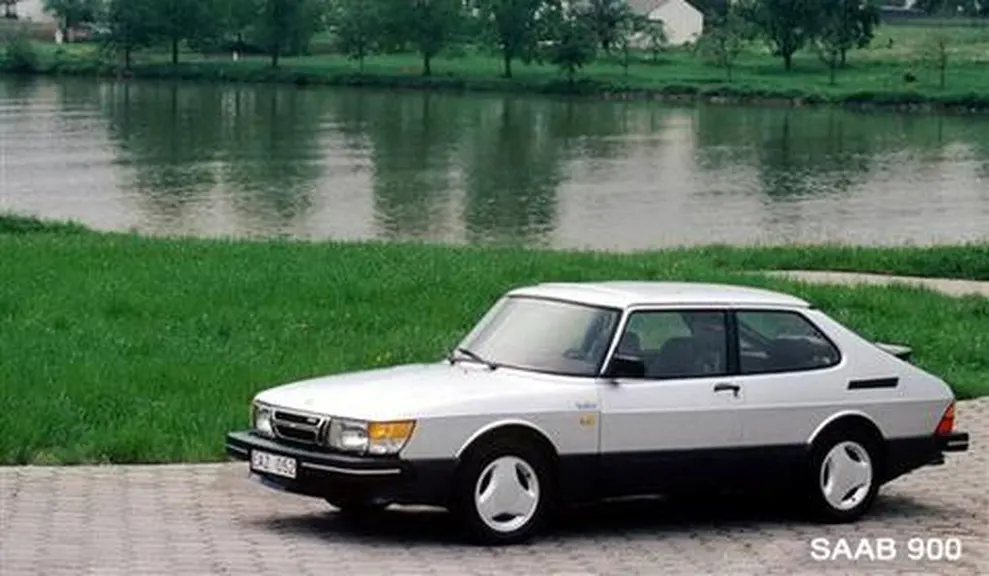
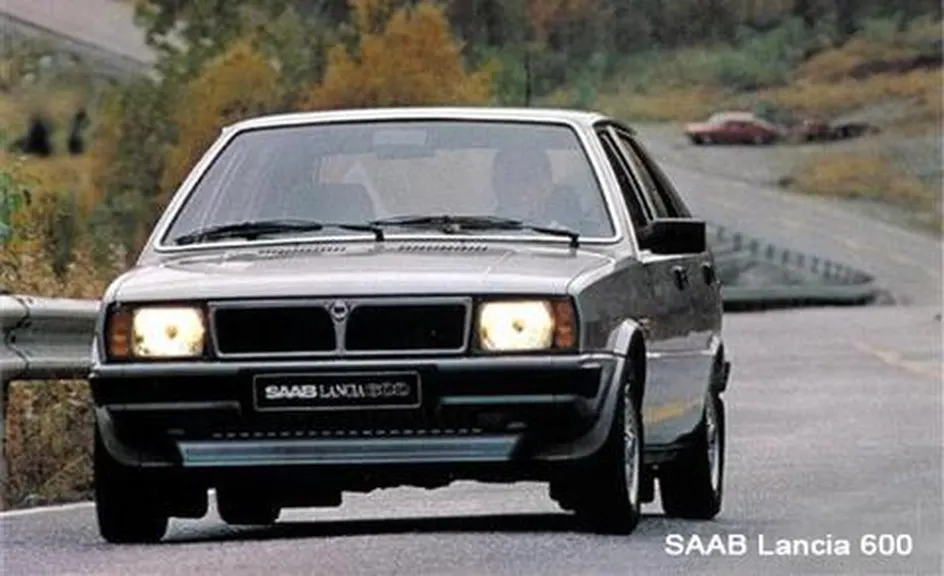
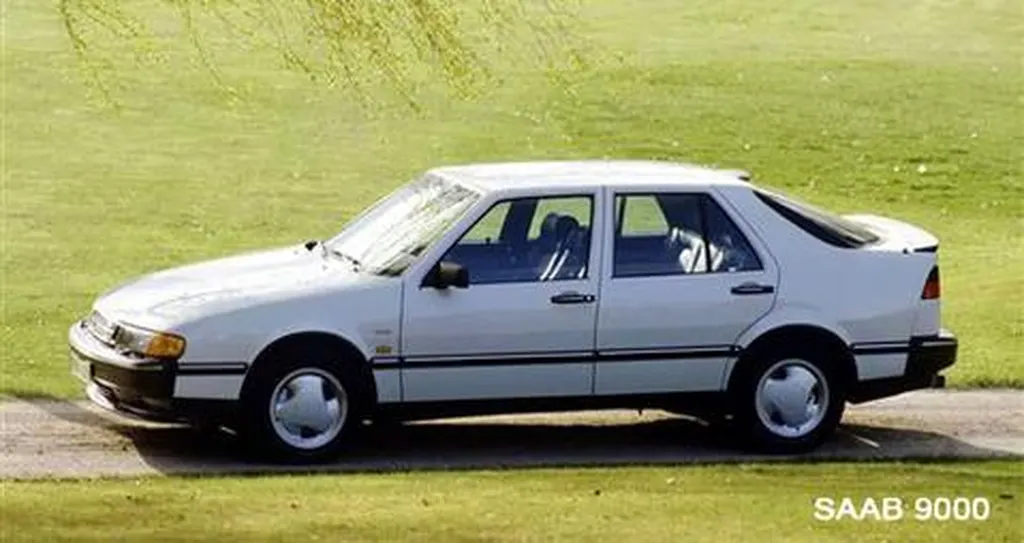
In 1978, SAAB also launched the OEM Lancia Delta SAAB 600 model, and began to develop a new model code-named 9000 (the predecessor of SAAB 9-5) in cooperation with Lancia. This model was officially launched in 1985. It was a real SAAB luxury sedan. The models produced on the same platform include Alfa Romeo 164, Fiat Croma, Lancia Thema. This model was jointly designed by Giorgio Ronaldo and SAAB designer Bjorn Envall. they were equipped with 2.0L, 2.0T, 2.3T and 3.0 V6 engines. The birth of SAAB 9000 marks the successful entry of SAAB into the premium car market, and due to the wide space inside the car, it has achieved unparalleled success in the US market. In 1980, SAAB 96 completed its historic mission to suspend production.

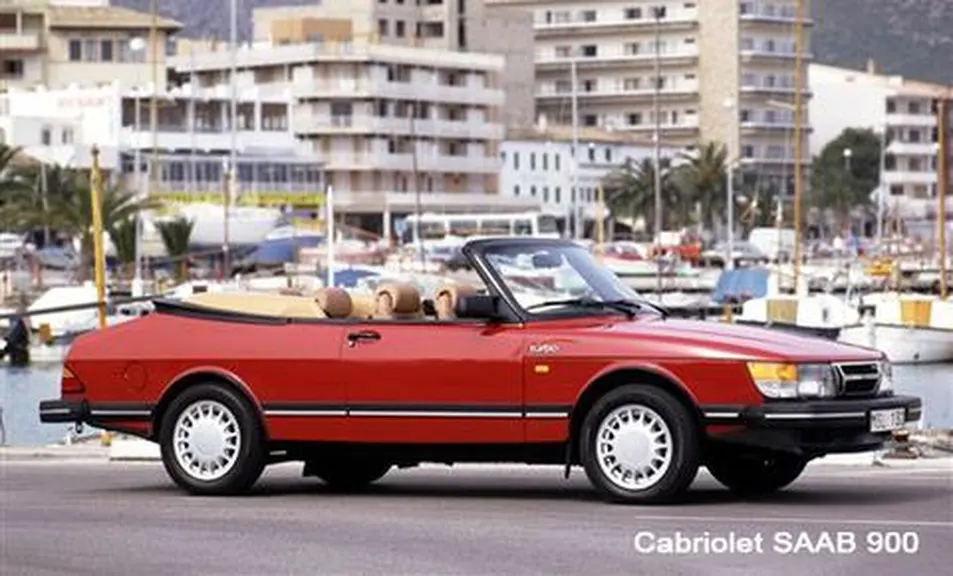
In 1981, SAAB’s patented engine APC automatic performance control system debuted. It can control the pressure of the supercharged engine, making the engine work more safely and reliably. The strengthened engine added a lot of confidence and morale for SAAB to seize the mid-to-high-end auto market. At the 1983 Frankfurt Motor Show, the 900 convertible was introduced. The following year, the first 4-valve turbocharged engine appeared on the 900 Aero hatchback.

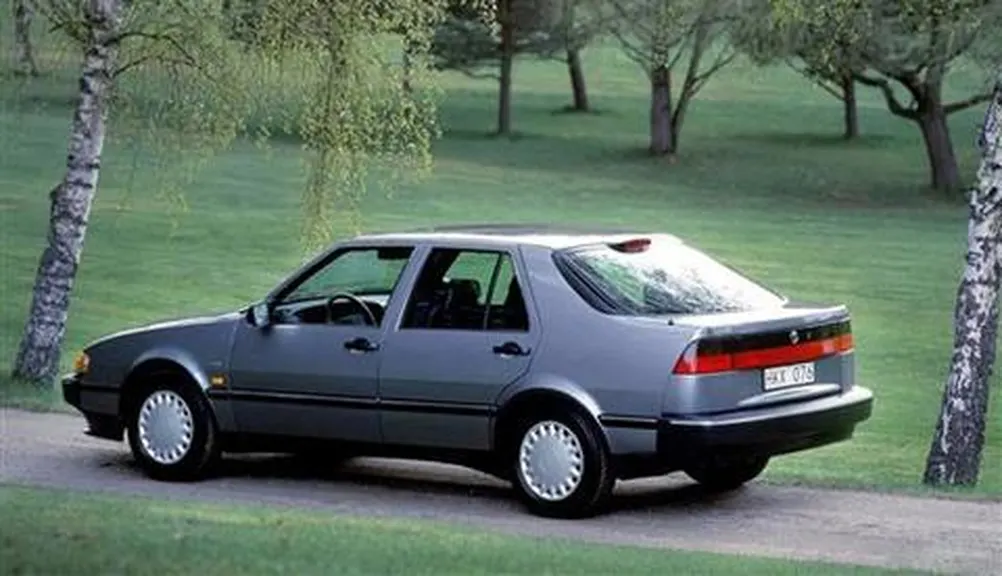
In Europe, in the 1980s, SAAB became the royal vehicle designated by Swedish King Carl XVI Gustaf. All the royal family’s cars, planes, etc. were produced by SAAB, and issued a certificate in 1983 to recognize the excellent quality of SAAB.
At the 1985 Stockholm Auto Show, SAAB showcased revolutionary direct engine injection technology. The unique engine structure is the innovation of SAAB. In the following 1986 and 1987, the SAAB 900 convertible model landed in North America and overseas countries. At the same time, three SAAB 9000 models also set a record of 100,000 kilometers in the United States and a non-stop period of 21 days. The fastest record reached 213 km / h.

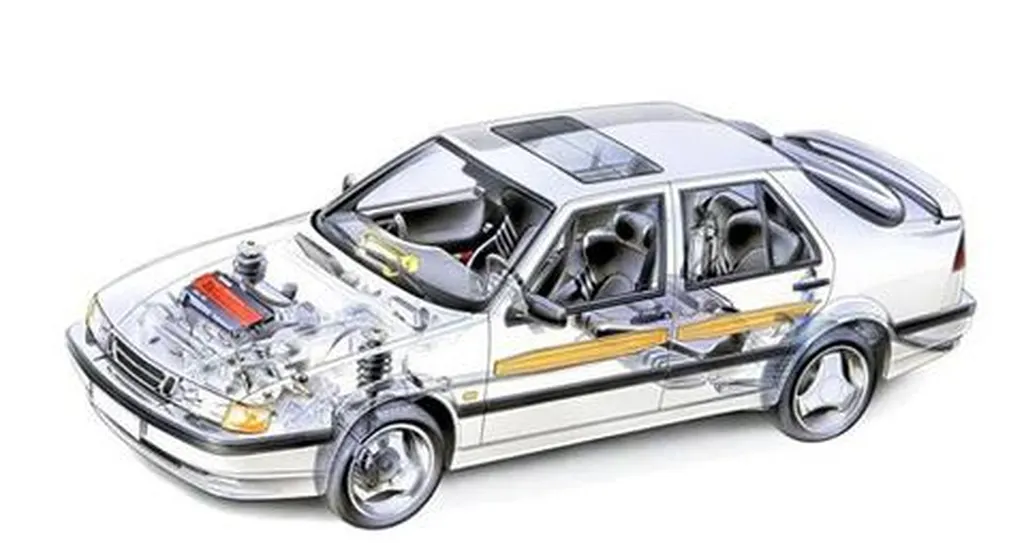
In 1987, the 2 millionth SAAB was tape-out, and ABS began to appear on the SAAB 9000. By 1988, advanced technologies such as direct engine injection technology, driver-side airbags, SAAB traction control, and optimized emission control systems also appeared on the SAAB 9000. With the help of these advanced technologies, SAAB 9000 has also won the honor of Sweden’s safest car. In 1990, SAAB Automobile reorganized to form an independent company. Two investors, SAAB Automotive and General Motors, each hold 50% of the shares. At this point, SAAB officially entered the GM-SAAB era.

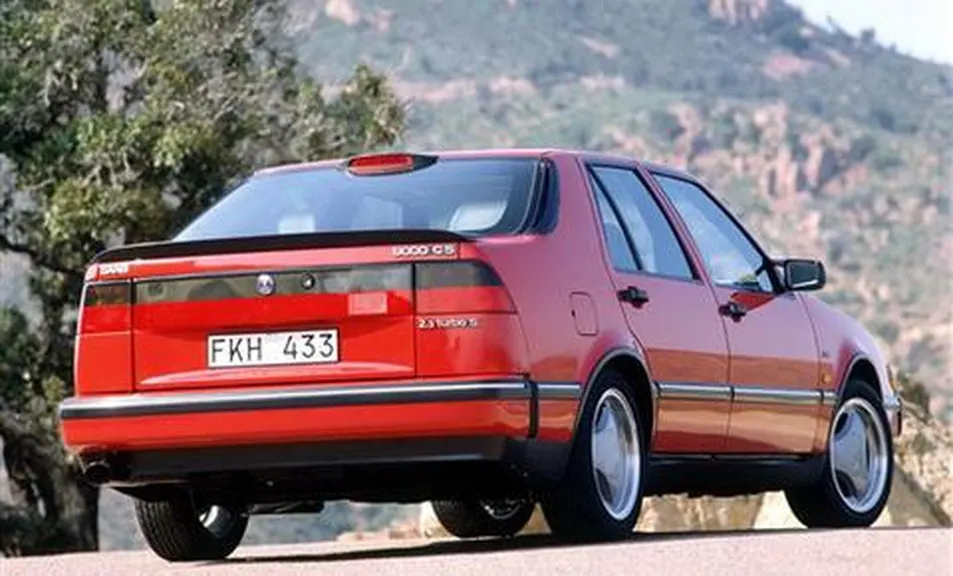
In the 1970s and 1980s, when the oil crisis caused a decline in sales of the global automotive market, SAAB became famous for its reliable performance and widespread use of turbocharging technology. Among these models introduced by SAAB in the 1970s and 1980s, the 900 series was the best-selling, bringing great profits to SAAB. In general, this was a period of rapid growth in SAAB sales and technology.
● GM-SAAB era (1990-2010)
From glory to trough: abuse of the same platform strategy makes SAAB slowly lose self
In 1990, General Motors purchased 50% of SAAB. The motivation for General Motors’ purchase of SAAB was to use its strong resources in the automotive industry to make SAAB a more outstanding premium car brand.

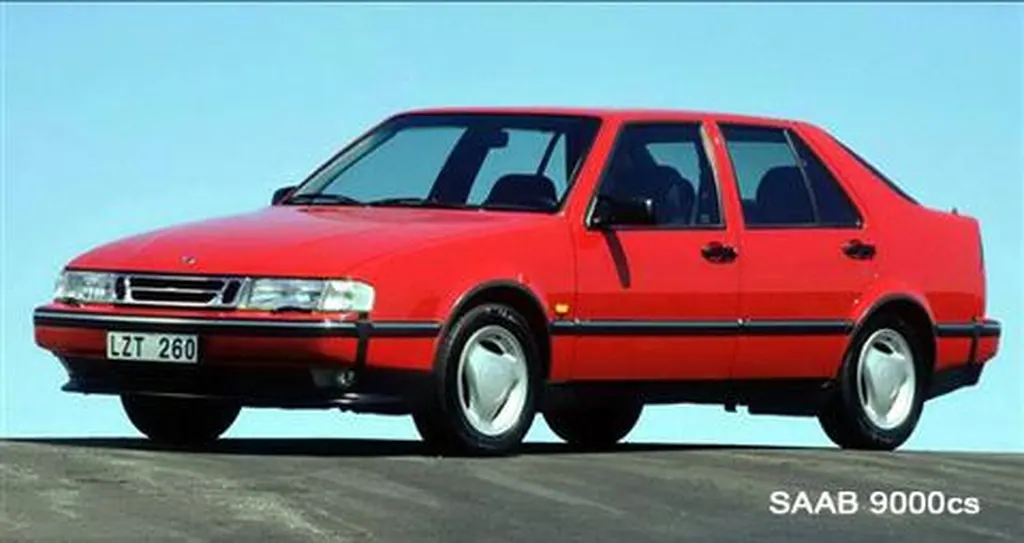
In 1991, the SAAB 9000 was remodeled, and the 5-door model became the 9000cs. Its front face and rear were redesigned. The body structure was strengthened, and it was equipped with side door crash beams, airbags, Air curtain. The collision safety was greatly improved. The 9000cs was also equipped with an unprecedented chlorine-free air conditioning system.
In 1992, SAAB’s Trionic engine management system with a 32-bit microprocessor was used on 9000 models. The Trionic engine management system is SAAB’s exclusive, advanced turbocharged engine control management system. It controls the boost value of the supercharger, the ignition of the cylinder and the fuel injection sequence to make the power output of the engine softer and smoother.

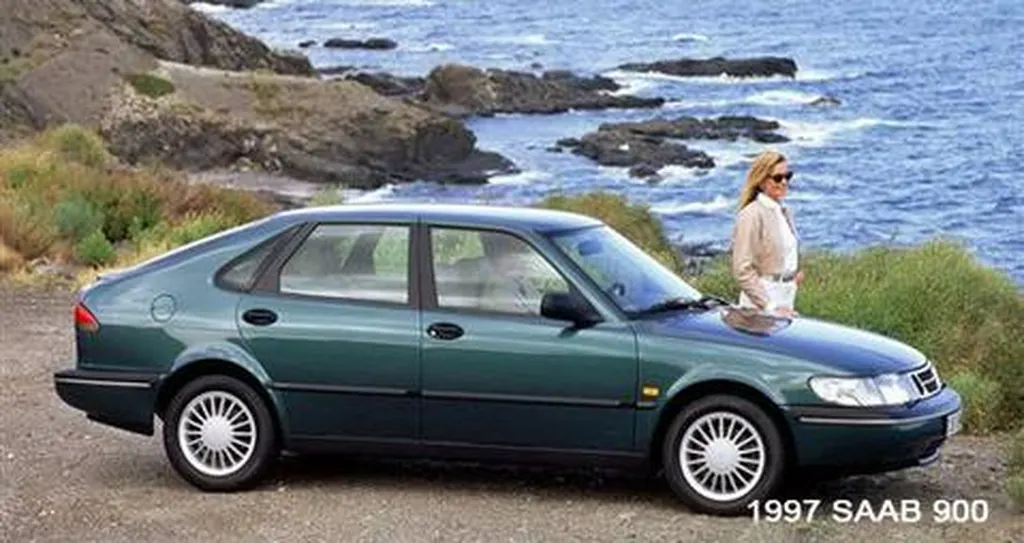
In 1994, the new SAAB 900 was launched with the participation of GM. The new SAAB 900 shared the platform with Opel Vectra. This car used an advanced 2.0-liter turbocharged engine and SAAB Sensonic AMT gearbox, and for the first time uses 2.5 L V6 engine. Almost all designs had been optimized for greater safety, and had been well received since its introduction. In 1994, the 900 three-door model and convertible were unveiled at the Detroit Auto Show, and at the subsequent Frankfurt Auto Show, SAAB also showed off its latest 3 liter 6-cylinder engine.


In 1997, SAAB had become a 50-year-old car manufacturer. At the 50th anniversary celebration, SAAB announced the replacement of the old SAAB 9000 with the new model SAAB 9-5. The second-generation SAAB 900 was also discontinued the following year. The continuation of the SAAB 900 was called SAAB 9-3. SAAB 9-5 is the first SAAB model without a two-door Combi model after the launch of SAAB 99. It was released in 1999 as a Wagon model.


The first generation of the SAAB 9-5 was produced until 2010. The models introduced were four-door sedan and five-door travel versions, equipped with 1.9T diesel, 2.3T and 3.0L V6 engines. Among them, the 3.0L V6 engine was replaced by a 2.0T inline 4-cylinder engine in 2004 with a maximum power of 220 horsepower. The gearbox was Aisin’s 4-speed automatic transmission. By 2002, this transmission was replaced by 5-speed Automatic transmission. SAAB 9-5 was equipped with the SAHR Active Safety Headrest when it was launched. This technology had won technology and safety awards from Australia, Denmark and other countries. And SAAB 9-5 and SAAB 9-3 also won N-CAP 5-star collision safety scores. at the same time as Volvo S70.


The SAAB 9-3 was produced on the same platform as the Opel Vectra, and was produced using the GM EPSILON platform. Three models of two-door convertible, three-door coupe, and five-door hatchback were launched on the model. Powered by 2.0T, 2.3T and 2.0T diesel engines, the maximum power of the 2.0T gasoline engine reached 185 horsepower. The first-generation SAAB 9-3 production was discontinued in 2002, with a total of 4,600 units sold.

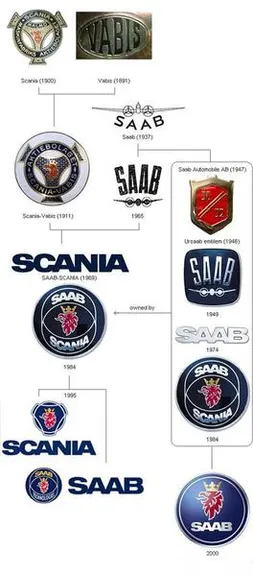
In 2000, General Motors completely acquired SAAB Motors, and in August of that year launched SAAB’s new Logo. In the center of the blue background Logo is a red gryphon mythical animal head with wings, wearing a golden crown on its head, with silver SAAB letters at the bottom of the circle. This animal represents alertness and agility in the myths of southern Sweden, which is in line with the characteristics with the completely uniform of safety and power of SAAB vehicles.
In 2001, the amazing SAAB 9X concept car was displayed. It is a four-dimensional sports car that subverts traditional design concepts and combines the common advantages of sports cars, convertibles, station wagons and trucks. This versatile sports concept car had the charm essence of SAAB brand.




In 2002, the second-generation SAAB 93 was launched at the North American International Auto Show. In terms of power, this generation of SAAB 9-3 was equipped with new GM 1.8T Ecotec, 2.0T Ecotec high power and 2.0T Ecotec low power engines. The maximum power of the 1.8T engine is 110 hp. The maximum power of the 2.0T low power version is 175 hp, and the maximum power 2.0T Ecotec high power version is 209 horsepower. Models born on the same platform include Chevrolet Malibu, Pontiac G6 and Saturn Aura. In 2008, SAAB 9-3 also launched a V6 2.8T four-wheel drive version with a maximum power of 280 horsepower. This engine was released in 2006 and won the 2006 Top Ten Engine Title.
In 2003, SAAB’s engine division was merged with GM’s division in Rüsselheim, Germany. This means that SAAB lost 1,300 engineers and designers, and it sabotages SAAB’s ability to develop its own products. In 2004, SAAB’s European marketing department was also integrated into GM’s subordinate divisions. It can be said that before this, SAAB was still a shining star, and since then, SAAB has gradually begun to perish. GM’s series of policies had gradually led SAAB to lose his self, and SAAB, who has only a husk, is doomed to step by step.


In 2004, SAAB 9-2X, the SAAB OEM of Subaru STi, was launched and sold in North America from 2005-2006. The four-wheel drive system was adopted, and the engine also uses Subaru 2.0T and 2.5T engines. Due to 9-2X and Subaru share the platform, this car had not been approved by fans, and the 9-2X market performance was not satisfactory. A total of about 1,000 units were sold in two years. In 2005, with the end of the relationship between GM and Subaru, this model was officially discontinued.


In 2005, GM also built a SAAB luxury SUV 9-7X, which was discontinued in 2009. This model was built on the GMT360 platform. Other models on the same platform include GMC Envoy, Buick Rainier, Oldsmobile Bravada and Chevrolet TrailBlazer. 9-7X adopts four-wheel drive and was powered by 4.2L and 6.0L two V8 engines, which were mainly sold to the North American market. During the years its production, it had sold nearly 10,000 units.


At the end of 2008, General Motors, which had been hit hard by the financial crisis due to the subprime mortgage crisis, sought assistance from the US federal government. Hummer, Pontiac, SAAB and Saturn were announced as likely to be cancelled. On the one hand, GM said that it has the possibility of canceling and discontinuing the SAAB auto brand, and on the other hand, it is also seeking companies to take over SAAB.


Due to a series of policy errors caused by GM, SAAB’s operation is in downturn. GM, which received assistance from the US federal government, announced in December 2008 that SAAB had entered an “observation period” and stated that it could be sold, and did not rule out closing the brand. As soon as this news came out, some potential buyers appeared, including BMW, Fiat, Geely, Hyundai, Magna, Renault, and Tata Motors of India, etc.


On June 16, 2009, Swedish supercar maker Koenigsegg announced that they intend to purchase the SAAB car brand from GM. Behind this is a group of Norwegian investors and BAIC Motor bidding . On December 14, BAIC Motor’s participation in the bidding finally paid off. BAIC Motor obtained the first-generation SAAB 9-3 and SAAB 9-5 production lines with a total value of US $200 million in property rights and production equipment. In 2011, BAIC Motor launched a new BAIC brand based on the two production line technologies it purchased.


On January 26, 2010, General Motors announced that it had reached an agreement with Spyker. GM allowed Spyker to purchase SAAB and has been approved by the government. The sale was completed in February 2010. General Motors will continue to provide the engines and transmissions required by SAAB. The total transaction amount includes a down payment of $ 74 million and a total of $ 320 million of Spyker shares. At this point, the era of GM-SAAB has also officially ended.
Looking back on the past two decades of SAAB in GM, although in the 1990s, with the introduction of the first generation of SAAB 9-5 and SAAB 9-3, it seems that SAAB has ushered in a new development, but due to the abuse of shared platform strategies and the impact of the global financial crisis in 2008, SAAB was finally pushed to the edge of production suspension. When GM considered closing the SAAB plant in 2008, hundreds of SAAB fans gathered in Detroit to oppose GM ’s approach. It also shows the position of SAAB in the hearts of car fans.
● The year of SAAB in Spyker (2010-present)
From lingered on the edges to final bankruptcy
Following the acquisition of SAAB by Spyker, it was announced that the establishment of a US headquarters in Royal Oak, Michigan. It planned to launch the third-generation model of SAAB 9-3 in 2012. At the same time, SAAB also released news on June 18, 2010, appointing 36-year-old Jason Castriota as the new design director of Spyker-SAAB, who woul be responsible for the exterior and interior parts of future SAAB vehicles Design work, and dominate the design axis of future SAAB products.


The aspiration is wonderful, but SAAB did not usher in a new turn after it was belonged to Spyker, and the subsequent production of SAAB9-3 and SAAB9-5 is still bleak. At the same time, due to lack of funds, Spyker failed to pay the parts supplier’s payment on time and a dispute occurred with the supplier, and was forced to stop production in April 2011.


Spyker has successively negotiated the sale of SAAB with China’s Hawtai Motors, Pang Da Automobile Trade Co.,Ltd and China Youngman Automobile Group, but until the end, the China motor company’s efforts to acquire SAAB have not been reached. SAAB submitted an application for bankruptcy and the Swedish government accepted the approval. This 64-year-old Swedish car brand was officially a memory.

